Animal Life news stories
Fossils found in China’s Turpan-Hami Basin reveal a refuge, or “life oasis”, for plants and animals during the Permian extinction – the worst mass extinction in Earth’s history. The fossils are detailed in a paper published in the journal Science Advances.
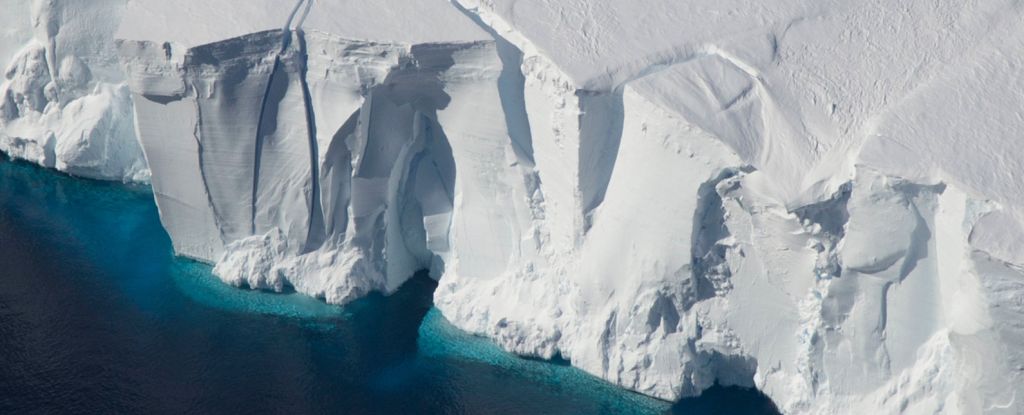
New research has demonstrated the precise relationship between past ice ages and each wobble, tilt, and angle of the planet’s path, unlocking a new tool for predicting the future fluctuations of our global climate. The team’s research has been published in Science.

Language has long been considered a uniquely human trait, with features that mark it out as distinct from the communication of all other species. However, research published in Science has uncovered the same statistical structure that is a hallmark of human language in humpback whale song.
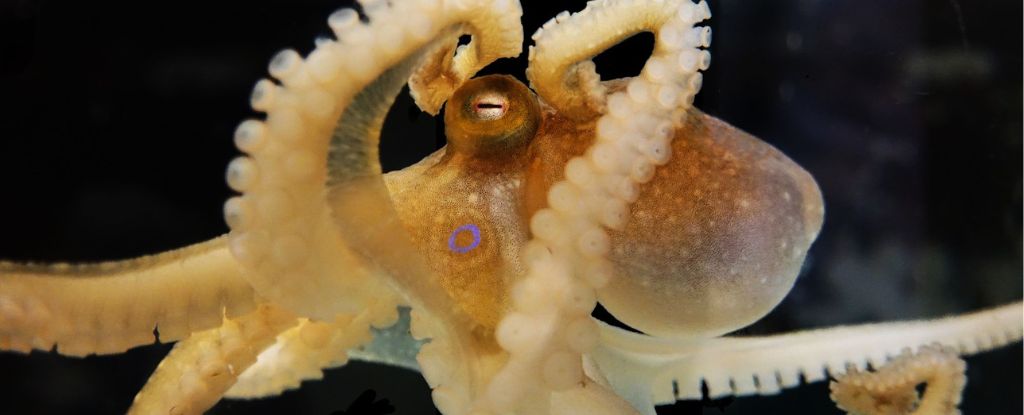
Cephalopods may have the oldest sex chromosomes of any animal, according to a new discovery in the octopus genome. That’s a big deal, given that scientists didn’t know until now if these oddball creatures even had a form of sex determination written into their genes. The research is published in Current Biology.
A review of the oldest known dinosaurs has revealed that fossil evidence for their origin probably has not yet been discovered. Most of the earliest dinosaur fossils have been found in South America and Africa.

Researchers are investigating who — or what — cut ancient tunnels in sandstone in Brazil and nearby nations.
Footprints measuring 92cm in width found in Mongolia have raised the prospect of an as yet undiscovered skeleton of the largest bipedal dinosaur ever.
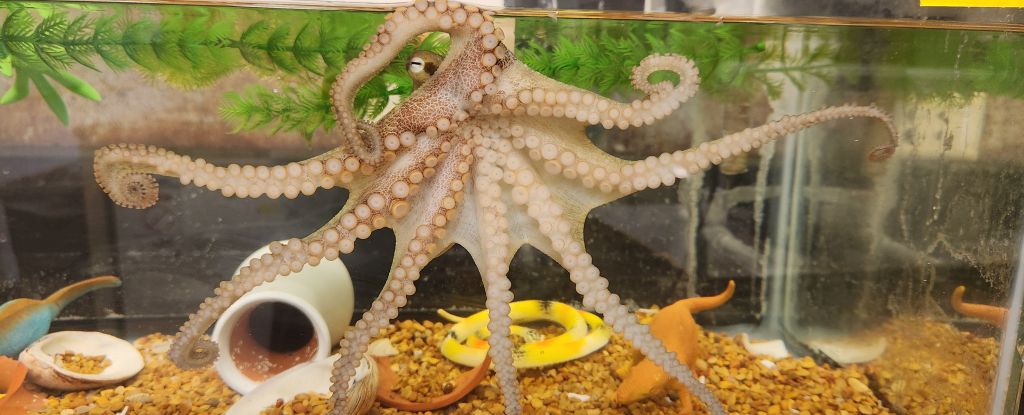
Octopuses tend to keep secrets, but we’ve just learnt how they achieve their extraordinary dexterity. The research has been published in Nature Communications.
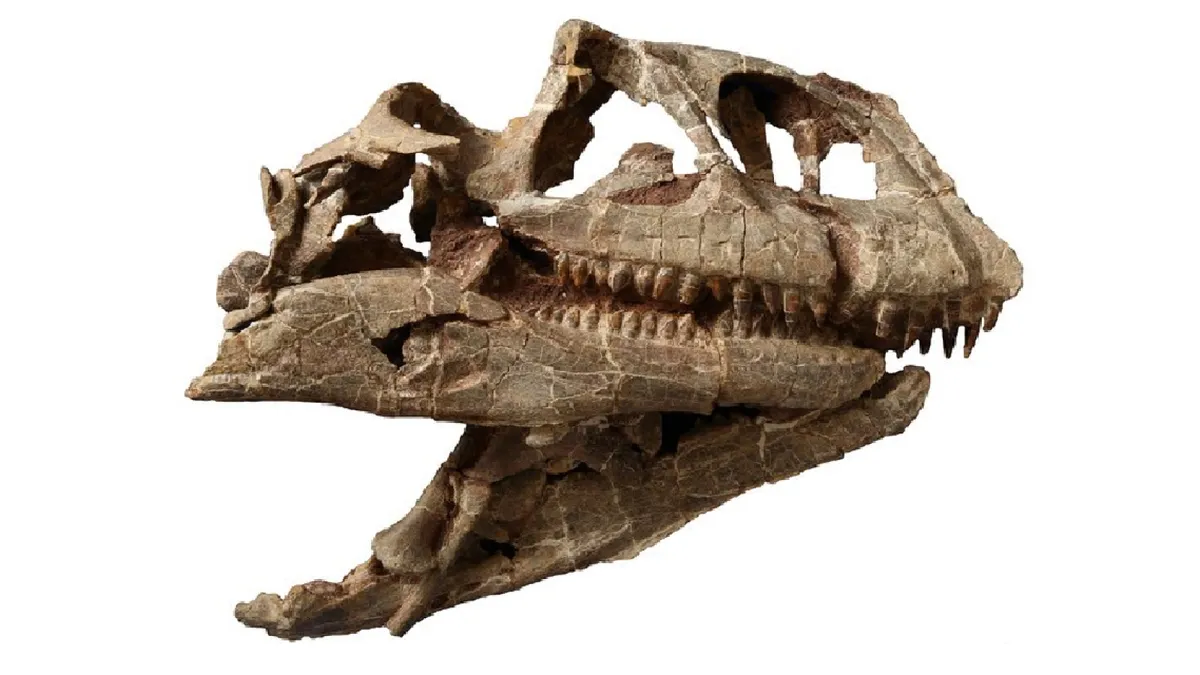
An enormous, extremely well preserved dinosaur skull unearthed in China belongs to a never-before-seen species, researchers say.
The first animals with mineral skeletons changed the way sediments develop on Earth forever, according to new research.
The oldest-known fossil evidence of a predator-prey arms race has been discovered in shells dating back to the early Cambrian. A new study was published in the journal Current Biology

The findings suggest that contrary to popular belief, the diet of early hominids was not solely focused on animal protein, but rather featured a diverse range of plant-based foods, including acorns, cereals, legumes, and aquatic plants. This multidisciplinary study was published in the Proceedings of the National Academy of Sciences (PNAS),
Researchers recently examined how human brains respond to emotional facial expressions from both humans and dogs, uncovering similarities in how these expressions are processed. The study was published in Social Cognitive and Affective Neuroscience.
Richard Dawkin’s new book is woven with beautiful metaphors and rich descriptive language. Not so much conversational as poetic, settle in for an elaborate exploration of evolution. It raises some new and curious questions, including whether it’s worth thinking of our ‘own’ genes as a gigantic colony of cooperating viruses.

Archaeologists Dr. Wim van Neer, Dr. Bea De Cupere, and Dr. Renée Friedman have published a study on the earliest evidence of horn modification in livestock in the Journal of Archaeological Science.
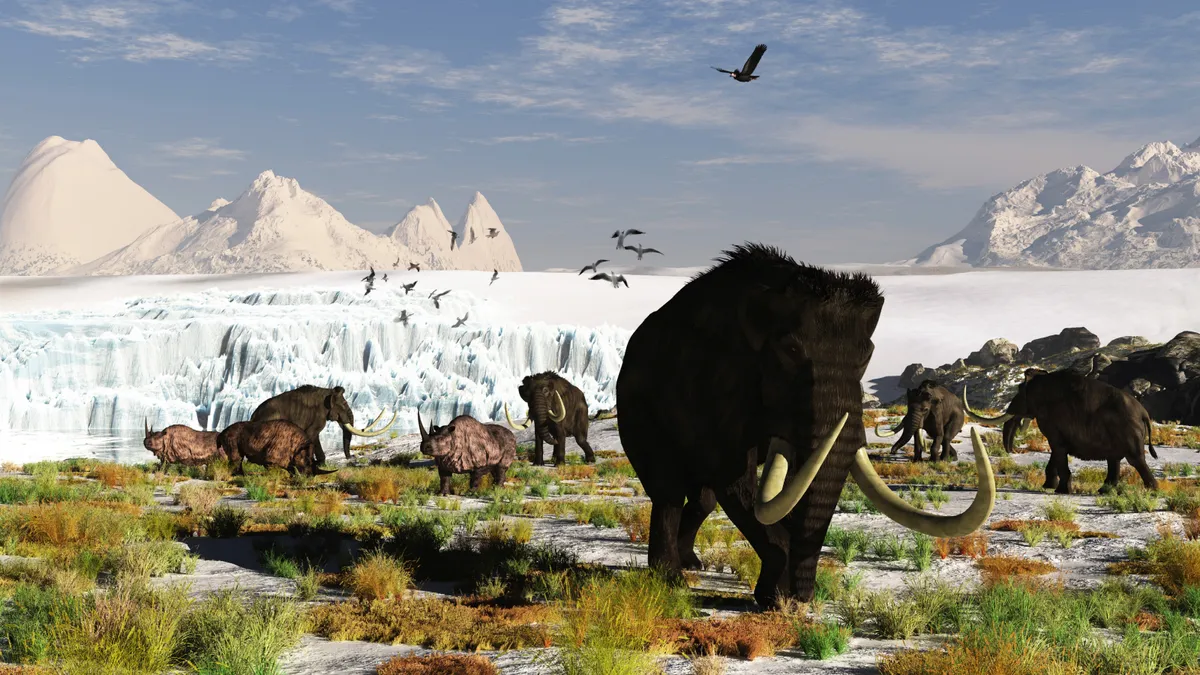
The Bering land bridge that spanned between Siberia and Alaska during the Ice Age was more of a Bering land bog, new research finds.








